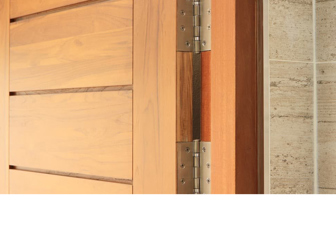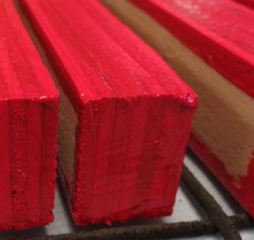Choosing Plywood: A Guide
Strong, durable, and cost-effective, plywood is a popular building material. There are many different types and classes of plywood available, (and each with their own properties).
But with so many different types of plywood available, how do you choose the right ones for your project?
Timber Manager, Bob Tee, is a walking Plywood encyclopaedia. In this guide, Bob discusses how to achieve the best possible results by choosing the right plywood for your project.
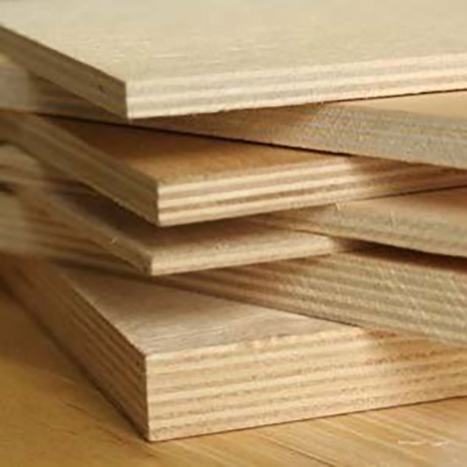
What is plywood?
Plywood is made from timber, which has been cut into sheets and pressed together using adhesive. (Did you know, the Egyptians were the first to make plywood?)
Plywood is made from veneers that are peeled from a log that has been steamed in a log pond.
The veneer ends up as a long ribbon of veneer that goes from the outside of the long right down the core, and quality is then graded at that point.
The veneers are then laid up and applied with resin at a 90-degree angle to the next veneer, so that the grains of the wood are in different directions.
They are then pressed into plywood, which is then trimmed and packed.
Plywood has range of properties that make it and ideal building material, including:
- A high strength to weight ratio
- Great flexibility
- Excellent thermal and noise insulator
What affects the performance of the plywood?
-
Thickness of the peeled veneers
Thin face veneers can either delaminate if exposed to moisture. I.E some plywood from the far east is peeled at anything from 0.51mm to 0.6mm. The thinner veneer has no bearing on the strength and is designed purely decoratively. However, if exposed to any moisture, the veneer can pull away. Veneers too thick can cause expansion of the timber itself, which can also cause delamination issues.
-
How the veneers are laid up before pressing
This we call the “construction” and how the core is made up has a big effect on the performance. Any large gaps in the core and (or) in the overlapping of the veneers can also cause plywood failure if exposed to moisture, due to the mechanical effect of the timber expanding and contracting.
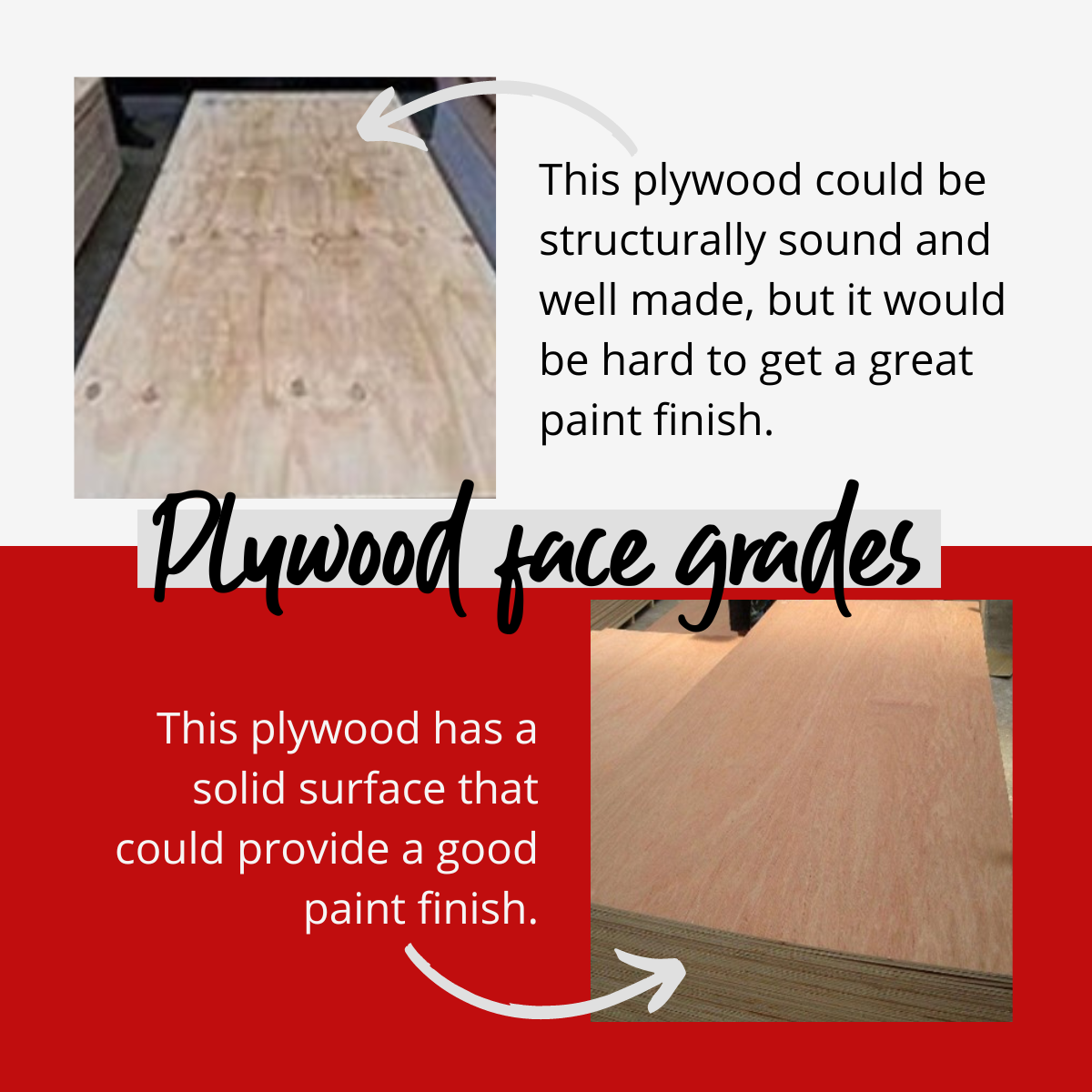
-
Face grade
Face grade effects both the aesthetics and the ability to be finished, laminated or veneered and has little or no impact on its structural performance.
-
Face and core species
Species makes a large contribution to the overall performance. Face species will effect the look and aesthetics, but the species in the core has a profound effect.
For instance, a lot of plywood from the far east uses fast grown hardwoods like popular and eucalyptus. These timbers are less dense and therefore take on moisture far quicker than other species. It also effects the flatness of the finished panel.
-
Type of resin used for bonding the veneers
There are 3 main types of resin types (BSEN314/2 Classes 1 2 and 3).
- Class 1 – Urea Formaldehyde – This is purely internal only and in low humidity areas.
- Class 2 – Melamine Urea Formaldehyde – Humid conditions , damp internal uses and must be protected from direct wetting both internally and externally.
- Class 3 – Phenol Formaldehyde - Exterior conditions *
*Note all plywood edges should be fully sealed before exposure to moisture both internally and externally. Elliotts offer an ESP Plywood Edge Sealant product to do this.
-
Inconsistent production methods
“Plywood is made all over the globe, but not all is made in state of the art modern factories and quality can vary wildly”, says Timber Manager, Bob Tee.
“The “ideal plywood” would have no core gaps or overlaps , equal thickness of veneer, be very durable, thick face veneer, be aesthetically pleasing, super flat, strong, stable and cheap!
Sadly it doesn’t exist and would we able to afford it if it was, probably not.
So, the questions we need to ask are what do we need the plywood to achieve (i.e. does it have to be flat, strong, stable and structural)? Or does it have to have a beautiful veneer for say clear lacquering but the strength is not so important?
At Elliotts , we feel it’s critical for us to understand the end use of plywood so we can make sure that we are offering the right product and at the right costs.”
Different types of plywood and their uses
Here are 4 of the main types of types of plywood available:
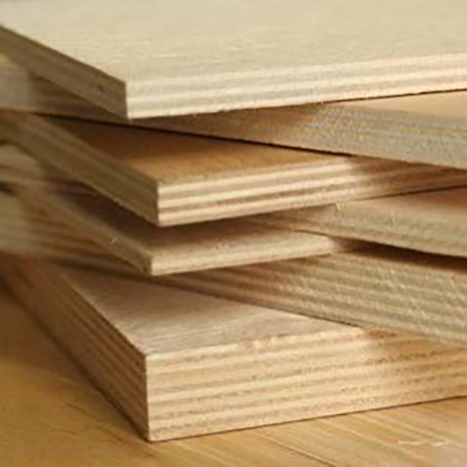
1. Softwood ply
What is softwood plywood?
One of the most common types of plywood, softwood is a strong but lightweight utility plywood that is extremely versatile.
What is softwood plywood used for?
Softwood is used for a wide range of construction applications, including:
- Roofs
- Floors
- Walls
- Fencing
- Hoardings
- General use
If softwood ply is being used for external applications, make sure all faces, and edges are sealed before use. This will prevent moisture ingress.
Softwood plywood at Elliotts
At Elliotts, we supply Elliotts Pine from Brazil, this softwood plywood is available in 2440 x1220mm boards, in 12mm and 18mm thicknesses.
Softwood plywood is available to buy from your local Elliotts branch
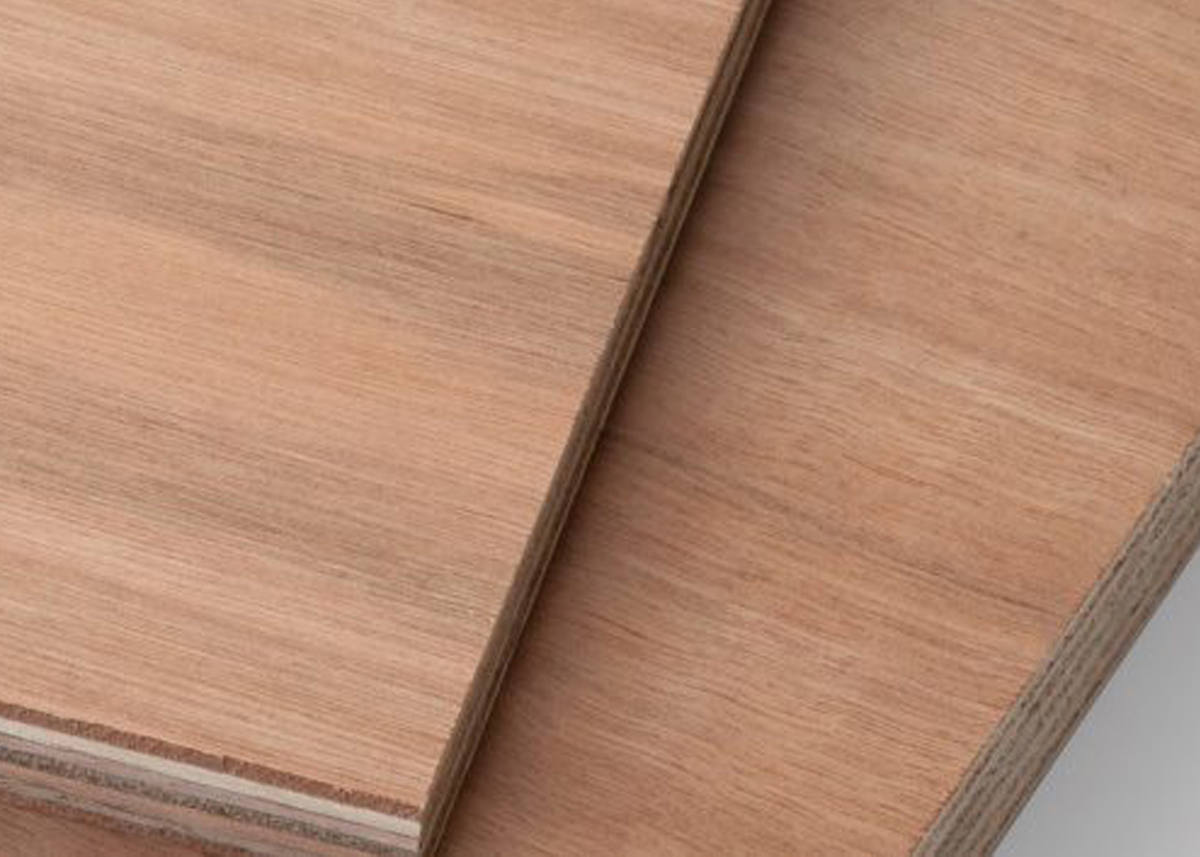
2. Hardwood ply
What is hardwood plywood?
Hardwood plywood is sometimes mistakenly perceived as the “best” quality, which in some cases it is. But in some cases, another product will perform better. Although, it’s worth saying that hardwood plywood will give a good substrate for painting, lacquering or staining.
What is hardwood plywood used for?
Harwood ply is widely used for applications such as:
- Internal joinery
- External joinery*
- Shelving
- Van linings
- Sheds
- Structural applications
*If hardwood ply is being used for external applications, make sure all faces and edges are sealed before use. This will prevent moisture ingress.
Hardwood plywood at Elliotts
We supply 2440 x 1220mm hardwood plywood in 3.6mm, 5.5mm, 9mm, 12mm, 15mm, 18mm and 25mm thicknesses (EN314/2 Class 2, but can supply EN314/2 Class 3 to order):
3. Marine ply
What is marine plywood?
Marine plywood is generally made to a far tighter tolerance but also durability of the timber used, the bond is no different from Pine plywood, it’s how it’s put together that gives it it’s performance.
Note there are currently 3 types of marine plywood:
| Marine plywood type | What it is | What it’s used for |
|---|---|---|
| Lloyds approved | Some of the best plywood money can buy | For use in Marine craft and underwritten by Lloyds of London |
| “Made in accordance” | Meets BS1088 standard | Main Marine plywood sold in the UK, but not necessarily for Marine craft |
| Light-weight marine ply | Made using a less durable species | Not available from Elliotts |
What is marine plywood used for?
As the name suggests, marine plywood is designed for use in marine environments. It is typically used for boats and other marine applications.
If marine plywood is being used for external applications, make sure all faces and edges are sealed before use. This will prevent moisture ingress.
Marine plywood at Elliotts
We supply 2440 x 1220mm boards in 6mm, 12mm and 18mm thicknesses, and we generally buy from Indonesia as a preference and sometimes Malaysia

4. Phenolic Ply
What is phenolic plywood?
Phenolic/film-faced plywood is generally birch plywood with a resin impregnated paper pressed to both sides. It’s a high strength, extremely durable plywood with a high resistance to moisture, thanks to its phenolic film.
The resin used in phenolic plywood is exactly the same as is used for EN314/2 Class 3 plywood.
What is phenolic ply used for?
Phenolic plywood is most commonly used for concrete formwork and shuttering, but can also be used for:
- Lorry/trailer beds – anti-slip sided phenolic plywood
- Access towers & steps
Phenolic plywood at Elliotts
We supply Vindeck (hardwood) 18mm Anti-slip 1 side with a smooth reverse. We also source birch-throughout plywood with a high abrasion resistant anti slip resin one side and smooth reverse.
Phenolic plywood is available at request from your local Elliotts branch.
What is the most important factor when it comes to choosing plywood?
Choosing the right plywood class
“It’s important to choose the right plywood depending on what you plan to use the plywood for. This will ensure that the plywood you choose works for it’s given job”, says Bob Tee, Timber Manager.
“You should consider how and where the plywood will be used, particularly whether it will be used internally or externally, and whether or not it will be exposed to any moisture.
And if it’s structural (point loading) and/or having a finish applied to it.
You will either need a class 1, 2 or 3 plywood.”
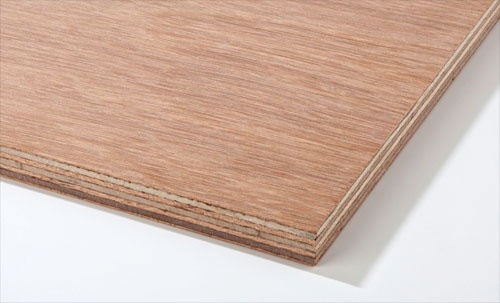
We’ll help you get the right plywood for your project
When choosing plywood for your project, it’s vital that you choose one that meets the needs of your project, based on the classes above.
We have a detailed guide on how to choose the right plywood for your project.
If you need expert advice about which plywood is right for your project, we can help. Send us a question, get in touch with your local Elliotts branch, or speak to our timber team.
Most common questions about plywood
Here are some of the most common queries we get about plywood as answered by Bob Tee, Timber Manager:
Plywood is made from both softwood and hardwood.
Structural plywood is designed to take a point load and must have structural evidence to back it up. Flooring, roofing etc.
Plywood grades vary from country to country and mill to mill, but essentially B/BB will have a clear face on one side with some defects allowed on the reverse.
CE2+ plywood can generally be regarded as structural, however this must be backed up by what we call a DOP (declaration on performance).
Note, all Elliotts plywood is backed up by the necessary documentation.
Updated: 23.07.2024 First published: 29.03.2019
Featured products
Protek ESP Panel Edge Sealant Protection Red, 1L






